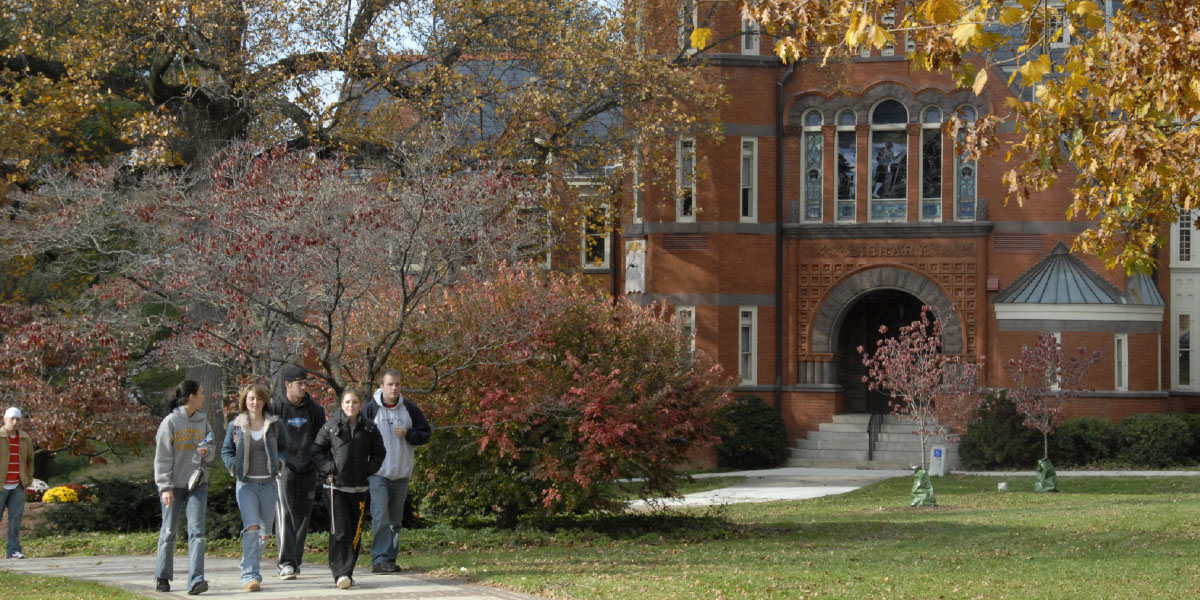As one of the 14 universities within Pennsylvania’s State System of Higher Education, Millersville University faces budget constraints that often call for change management and supervisory leadership of more than 900 faculty, staff, and administrators. Until a few years ago, however, MU’s training program lacked a leadership component; it focused primarily on job-specific skills, such as conducting personnel evaluations and understanding the terms of union contracts.
Feedback from the univ-ersity community pointed to the need to become more intentional about identifying talent and developing additional leadership skills. Although turnover was not a big issue for MU, the president and cabinet acknowledged that staff would more likely stay at and remain loyal to the institution if it offered more opportunities for job enhancement or expansion, lateral moves, and promotions. So, with the goal of making people better at their current jobs—which makes the entire institution better—the university launched LeadershipMU, in 2010.
Three Focus Points
MU’s office of human resources was charged with creating the leadership program for supervisors and managers. Our director of professional development and training took the lead in developing the curriculum, building on what she had learned by attending the Disney Institute’s quality service training. MU’s program, which spans about six months, is built around three outcomes:
- Discover a personal leadership style. This includes completing the Myers-Briggs Type Indicator and the Test of Supervisory Skills.
- Learn and practice leadership skills, such as handling conflict and speaking in public. In addition, completing a challenging obstacle course helps program participants master effective team building.
- Explore the role of leadership at Millersville. Each of MU’s four vice presidents provides operational overviews of university advancement, academic affairs, enrollment management, and finance and administration. Other sessions focus on employee classification, payroll, and benefits; risk assessment; and supervising in a union environment.
Participants in LeadershipMU must attend three all-day sessions plus at least four “lunch and learn” discussions that typically last two hours each. They also have homework assignments, one of which entails developing an individual career plan. To demonstrate their commitment to and support of the program, cabinet members nominated the first LeadershipMU class; now, any supervisor can nominate a participant. Supervisors are expected to meet with their nominated participants when the program concludes, in part to look for internal opportunities to help fulfill individual career development plans.
Leading on Campus and Beyond
Each year since 2010, between 12 and 15 people have completed LeadershipMU—an accomplishment we always celebrate with a graduation ceremony that features a speech by MU’s president, the awarding of certificates, and photo opportunities with senior leaders.
Each class represents a different mix of personalities and divisions, but the program evaluations deliver a consistent message: LeadershipMU’s biggest benefits are the campus relationships it builds, graduates say. Most participants would not otherwise work together or even meet. Outside of LeadershipMU, for instance, a supervisor in an academic building might not normally encounter a manager in residential life or dining services.

Through the program, participants learn how the institution works and why other divisions do—or can’t do—certain things. As they get to know one another better, they feel more comfortable picking up the phone to ask for help with a problem or for a different perspective on a process. For example, conversations among program participants often center on ways to approach various personnel issues. The sharing of experiences leads to silos breaking down and more people helping one another.
While our intent was not to develop a managerial “fast track,” as you’d find in the corporate sector, several LeadershipMU graduates have moved into more-senior positions internally. For example, our former director of professional development and training is now MU’s executive director for human resources, and our assistant director of budget was promoted to director of budget. Others have taken on expanded roles and responsibilities.
Of course, some program graduates have left MU to work for other institutions or to pursue a different career path. Losing employees with strong leadership skills isn’t easy, especially for the managers who must search for candidates and train new hires. But chances are, the university would still have lost those people even if it didn’t have a leadership development program in place.
Career Development for Women
Six of LeadershipMU’sfemale graduates have alsoparticipated in the national,higher education Women’s Leadership Institute. They represent half of the contingent that Millersville’s finance and administration division has sent to that event since 2010. (See sidebar, “Women and Leadership.”) We typically send pairs—women who are already good at their current jobs, demonstrate the capability to do more for the institution, and have shown that they can think beyond their own department.
We ask them to keep detailed notes on the speakers they hear, the information they learn, and the activities they like (or don’t like). Upon their return, they share those notes with several of us in finance and administration and with Women’s Leadership Institute alumnae at MU. From one of those conversations came the idea for Millersville to host a one-day mini-institute of its own, focused on career development for the women on campus. The first one, which we limited to 40 participants, just occurred in August.
From the budget perspective, these initiatives to nurture internal talent are economical. We spend approximately $10,000 on them annually; the biggest expense is sending two women to the institute. Because we develop and produce all LeadershipMU materials internally—and usually rely on our in-house trainer to deliver the bulk of those materials—we don’t have a lot of expenses beyond providing several breakfasts and using the outdoor ropes course. It’s truly a small price to pay for the relationships created across divisions, the more effective approaches to personal leadership, and the insights gained into the challenges of leading a public institution of higher education.
SUBMITTED BY Roger V. Bruszewski, vice president, finance and administration, and chief financial officer, Millersville University, Pa.


